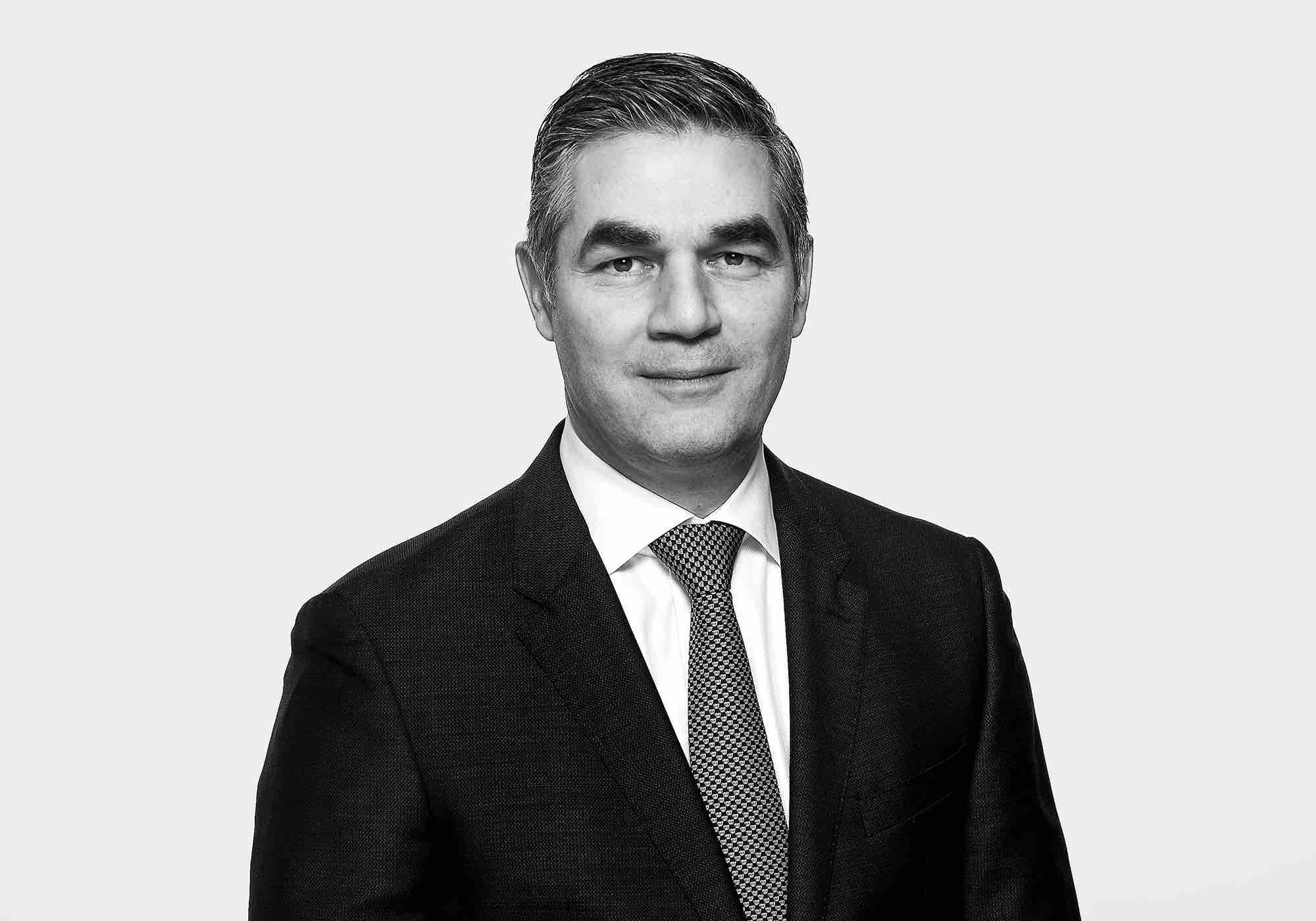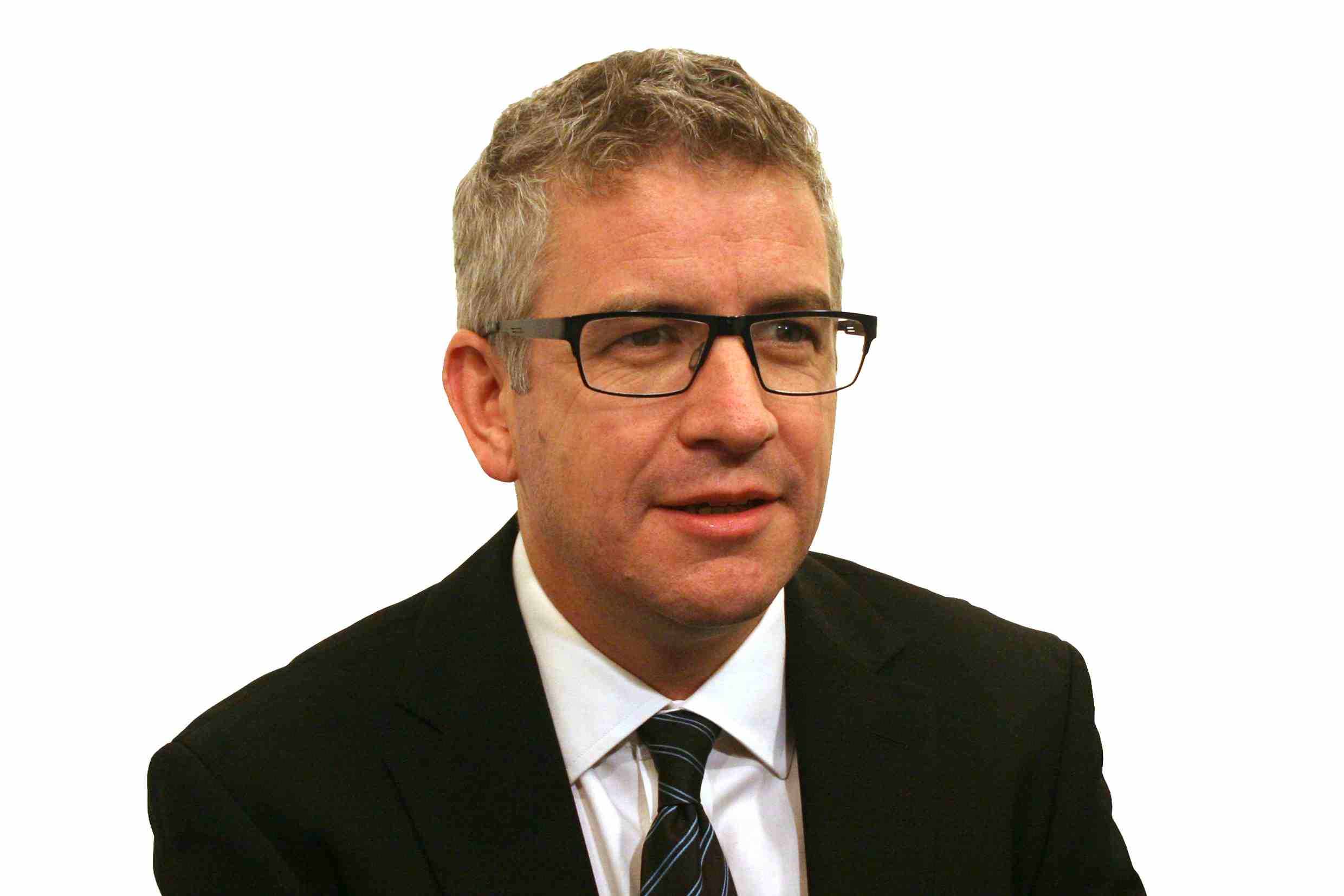Nowadays, in an environment of higher growth, inflation and growing prospects of rate hikes, getting returns on fixed income is not easy, but Thomas Rutz, co-manager of the MainFirst Emerging Markets Corporate Bond Fund Balanced, believes that emerging corporate debt could offer attractive returns this year. In this interview with Funds Society, the manager explains that he prefers to take long-term credit risk and reaffirms the attractiveness of companies in emerging countries, which have improved their fundamentals in recent years, adjusting to falling commodity prices and their currencies, and gaining strength for upcoming episodes of volatility. According to the expert, Latin America, cyclical sectors and high yield are the segments to watch.
– Emerging debt is an asset that is increasingly driven by international managers. What are the main benefits of these types of assets right now?
The main benefits are that EM corporates, in particular the high yield segment, offer an excellent risk-adjusted return profile in an environment of slowly rising interest rates. They are one of the last fixed income categories that provide a compelling upside. In addition, an allocation to emerging markets corporate debt provides an attractive opportunity to add diversification, as they exhibit a different risk profile to developed markets and provide investors with the opportunity to capitalize upon the future growth of private sector companies.
We believe that emerging markets are in the process of a multi-year convergence towards the developed world and the credit spreads (risk-premium) will narrow driven by those dynamics. There are very good prospects for a solid performance in 2017 due to better fundamentals with overall growth increasing from 4% in 2016 to 4.5%.
– Are the valuations attractive? In which segment are they more attractive: public or corporate debt?
Overall, emerging markets economies have greatly benefited from macroeconomic stabilization, improved legal and regulatory framework and better corporate governance, and also continue to benefit from very attractive demographics, such as population growth and the emergence of a new middle class. This will continue to drive domestic demand and economic output.
Valuations are therefore highly attractive. We prefer EM corporates over EM sovereign investments, since corporate credit spreads offer a better risk-adjusted return profile. In addition, credit spreads are higher and their duration is on average lower than those of sovereign debt. They, thus, offer better protection in a rising interest rate environment.
– Will the commodity rebound last and drive emerging markets? Which commodities will profit and which will suffer?
The recovery of commodity prices provided a crucial fundamental support to many emerging market countries and corporates last year. At current price levels, many firms already profit from massively increased cash flows which are then used to further deleverage their balance sheets.
– Have emerging market companies improved their fundamentals in recent years? If so, in what sense and in which segments of the market?
Yes, they certainly have! Leverage levels in EM corporates have stabilized markedly. Most companies have adjusted to the higher dollar and the lower commodity prices. This provides the base for corporate balance sheets to be more resilient to further volatility in currencies and commodities and, therefore, default rates are likely to decline.
Especially in the energy and mining & metals sectors, the firms responded to the crisis with cost-cutting initiatives, severe capex cuts and asset sales. The extent of these adjustments has differed by region and country. In Russia, the flexible FX regime has largely mitigated the effects of declining oil prices. In Latin America, we are also seeing good progress, with many corporates taking proactive steps to cut CAPEX and sell assets (e.g. Brazil’s Petrobras or Vale).
– Do you prefer interest rate risk or credit risk at present? Do the Fed’s future policies play a role in this?
We prefer credit risk for the reason that through credit spread compression, a positive return can be achieved, even in an environment of rising interest rates. Therefore, we manage our funds with a focus on the credit spread performance. Their duration is either in line with or shorter than the benchmark.
– What potential influence may Fed policies have on emerging corporate debt? Will its impact be smaller or greater than that of public debt?
Since, due to such developments as stronger commodity prices and the corrected macroeconomic imbalances, the overall position of the emerging markets is much stronger than a few years ago, Fed policy is likely have a comparatively milder impact on emerging market debts.
Moreover, potential protectionist trade measures by Donald Trump should be manageable since they have mostly already been priced in. In other cases, many investors have used short-term kneejerk reactions and dislocations as excellent initial buying opportunities. The proposed infrastructure program is likely to have a positive effect on commodities and thereby provide further attractive investment opportunities.
In which markets do you currently see the highest number of opportunities and why? Can you give some examples of sectors and names?
We currently see a lot of potential in Latin America as it is still largely undervalued. We, therefore, maintain a 25% overweight in the Latin American region. and our portfolio is tilted to more cyclical sectors, such as industrials, infrastructure and commodities. We like names such as Brazil’s Petrobras (energy) and Gerdau (steel). The latter, for example generates 45% of its revenues in North America and 35% in Brazil and is therefore well positioned for Trump’s infrastructure push in the coming years.
– Is China still a major risk for the emerging markets, or less so than before?
We neither did nor do we see China as a major risk for the emerging markets. Still, as long as valuations remain very stretched we will continue to have a large China underweight vs. the benchmark (2% in our fund vs. 20% in the JP Morgan CEMBI).
– Active management is key to your investment style in the emerging markets. Why? Is it a market that requires active investment management?
Yes, emerging markets require active management. We actively search for relative value in undervalued companies in the whole fixed income universe by applying a bottom-up, 5-step decomposition of the credit spread approach. Fund managers have to face the fact that there will again be significant winners and losers. A very active and opportunistic investment style will therefore provide additional alpha for those who are willing to continuously search for new opportunities and are able to adjust their positions. Our active management allowed us to outperform the benchmark by 560 basis points in 2016. For 2017, we expect another good year for active managers.
– How is the structure of the portfolio of the MainFirst EM Corporate Bond Fund Balanced set up? Is it a concentrated or a broad portfolio? Why? How many positions does it hold?
The MainFirst Emerging Markets Corporate Bond Fund Balanced is a fairly balanced mix of investment grade and high yield corporate bonds. The approach is opportunistic and based on the convictions of our fund management team. In a way, we are “bond pickers” and the resulting portfolio is a collection of global “best of” titles. This is at all times accompanied by diversification across multiple axes (regions, countries, sectors, ratings, duration). Currently, the portfolio holds 107 positions in 37 countries.
– How are titles selected? What characteristics do the titles need to have to be included in your portfolio?
Every investment is subjected to a risk and opportunity analysis, assigned a credit spread target, and usually replaced with another security once the target is reached. This encourages an active, target-focused style of investing. Emerging markets are ideally suited to a relative investing style.
– What do you like most, IG or HY firms at the moment, and why?
We currently like HY firms most, as they provide a greater upside potential through credit spread compression. With real yields hovering at very low levels, credit spreads are one of the last remaining potential sources of performance gains. Instead of focusing on long duration, the emphasis in the current market environment is on a thorough analysis and a disciplined investment approach to deliver performance. In contrast to most developed market fixed income instruments, whose performance is generally highly correlated with underlying government bonds, in emerging market credit products positive returns can still be achieved in an environment of slowly rising interest rates.
– Can you say something about the expected returns for this asset in 2017?
It is always difficult to predict performance, as unforeseen developments may always affect markets. However, if the current market conditions hold and trends continue as expected, we assume that the portfolio should be able to deliver the average portfolio yield plus roughly 200 basis points, which should result in a high single digit or even double digit return for 2017. As of February 7, 2017, the year to date performance for the MainFirst Emerging Markets Corporate Bond Fund Balanced is already at 2.76%.



 By Alicia Miguel Serrano
By Alicia Miguel Serrano